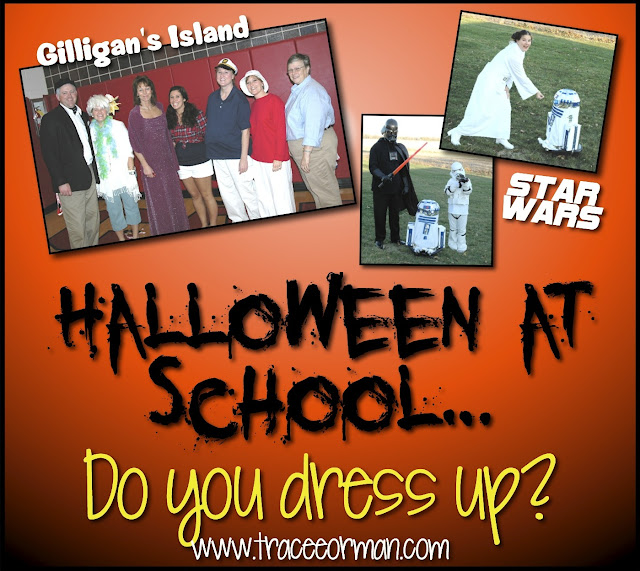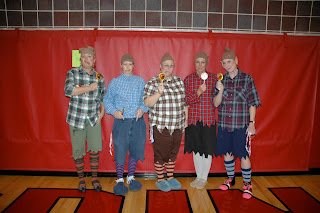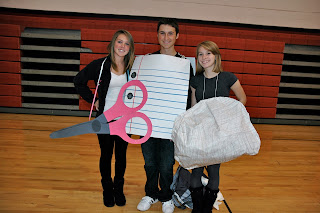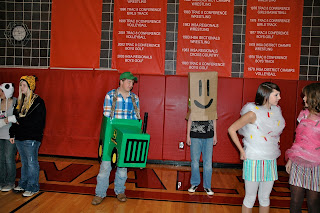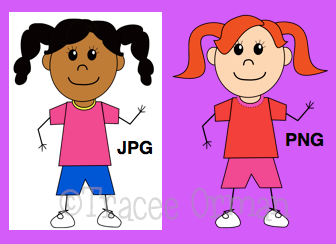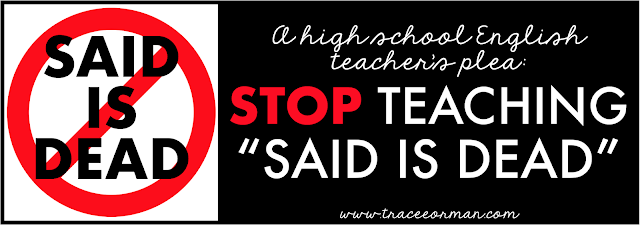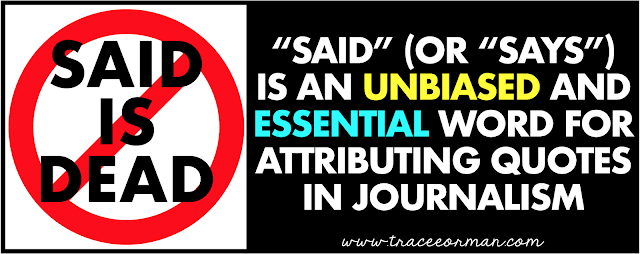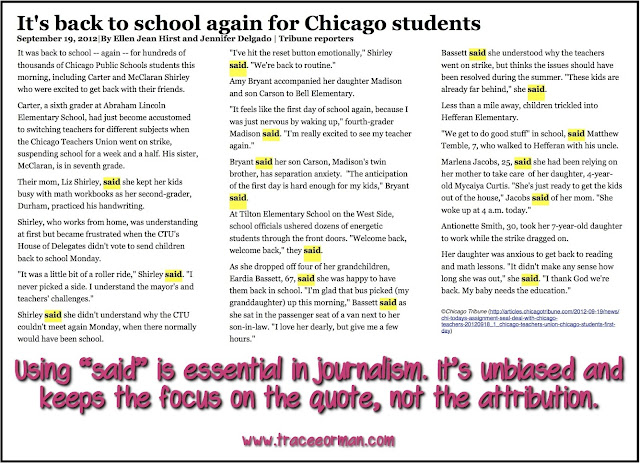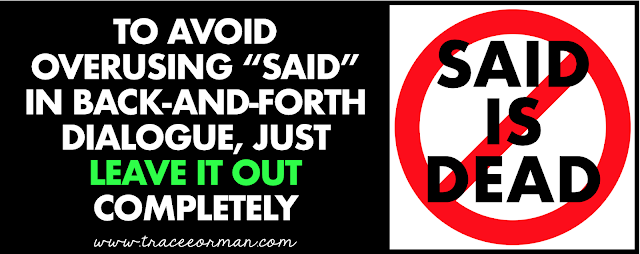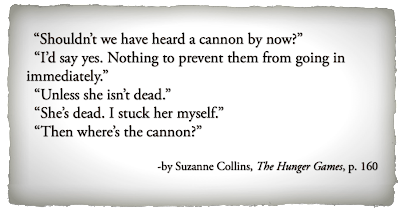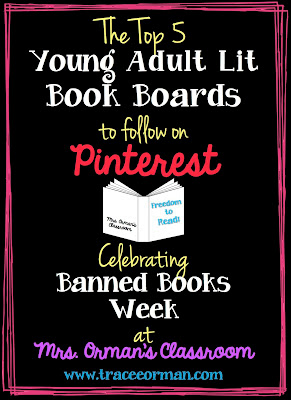It's almost Halloween and I haven't started on my Halloween costume yet...in fact, I'm kind of a procrastinator when it comes to that, then find myself frantically pulling something together the night before. But, I must say, our teaching staff has been pretty darn good about sporting some cool costumes over the years.
Do you dress up at school? Do your students? Do you celebrate at all? I thought I would share some of our best (and maybe worst) costumes over the years...those I have pictures of, anyway. And to fill you in: my husband teaches at the same school, which is why we are often photographed together. ;]
Our school has contests each year for best group, best couple, best individual, scariest, most creative, etc. The faculty doesn't compete against the students, but we still like to have fun and participate. A couple of years ago we went as Gilligan's Island (I'm Lovey Howell...with my Andy Warhol wig.)
The Village People (they even had a dance!)
My husband was Darth Vader and I went as Princess Leia's hologram that is projected from R2D2. (So my only line all day was, "Help me, Obi Wan Kenobi. You're my only hope!") I made my R2D2 with a popcorn bowl taped to a trash can on top of an ab roller. I stuck a flashlight inbetween the bowl & trash can so it looked like I was the hologram. I fashioned fishing line from the ab roller to my boot, so when I walked, R2D2 rolled with me. The students could not figure out how I got him to roll. ;)
Our son went as a Stormtrooper that year, so it was pretty cool when the elementary kids came over and did their parade at the high school. We forgot to get a group shot together, though. :(
Stephen King's Carrie.
Members of the Lollipop Guild with a fireman.
Our special ed. teachers always have the best group costumes! (They organized the Gilligan's Island and this Lollipop Guild. Last year they did Charlie Brown. Another year was the Adams Family.)
Our art teacher is always creative, too. Here he is as Snoopy. Below, he's Buzz Lightyear.
My husband and I as King Tut and Sister Wendy. Yes, we are geeked out to the max!
And this was going to be my costume one year. I was supposed to cut out the eyes and go as the "Scream" painting by Munch (this was when I was also teaching art history). But I was so proud of my painting, I just couldn't cut the eyes. lol So I went as Princess Leia's hologram that year.
If I can find the picture of me as a PEZ dispenser, I will add it. That was definitely a challenging costume to get around in all day!
Here are some of my favorite student costumes over the last few years.
This one I am biased--it's our son as Mr. Bill. :) The crayons behind him are awesome, too.
Rock, Paper, Scissors...
Tractor and paper sack guy.
Tooth fairy.
Taco Sauce Packets.
Jelly Belly jelly beans.
Fruit of the Loom.
Ken and Barbie in their Dream Car.
Girl Scout & Boy Scout.
Miscellaneous class group picture.
And who doesn't love a pirate? Arrrrgh!
The Flintstones.
Bella and Edward (or, Edward's cut-out).
Will you dress up this year? If so, tell us as what you will be.
And post your links to your Halloween costumes below! :)
HAPPY HALLOWEEN!
